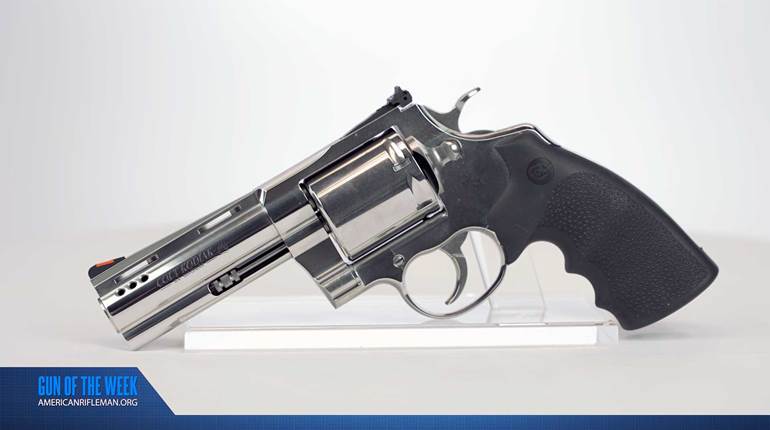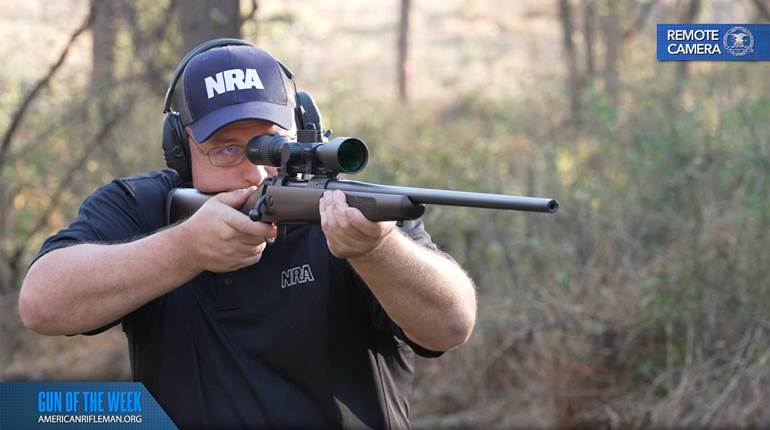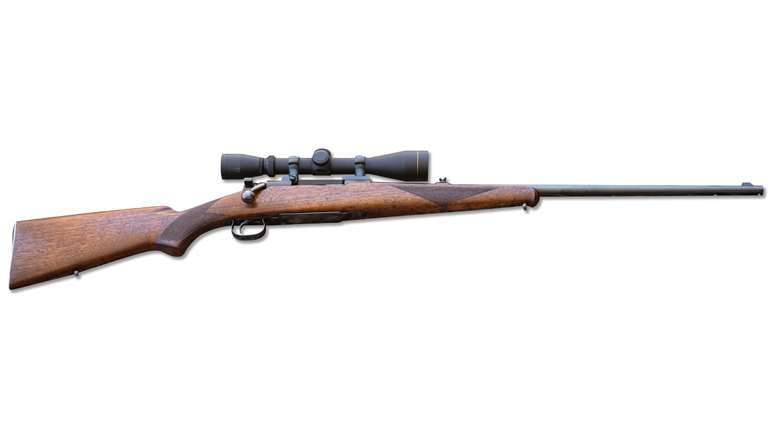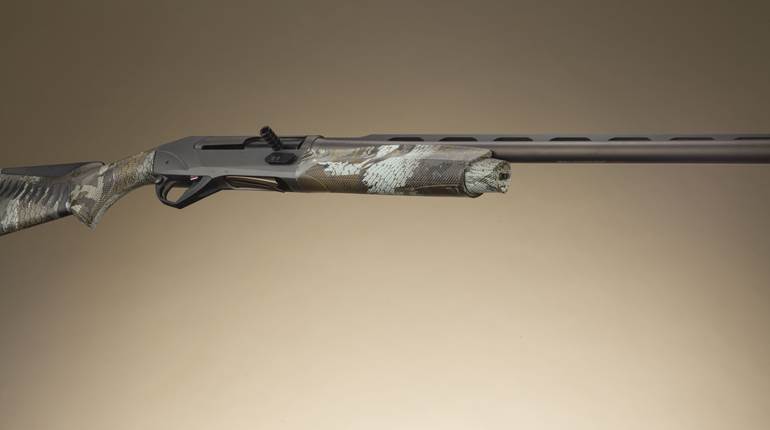
By the time Congress got around to awarding the promised rifles to “Aiken’s Volunteers” on May 20, 1826, the U.S. Army had updated its hardware. When the Battle of Plattsburgh was fought, the official issue rifle of the U.S. military was the Model 1803 Harper’s Ferry rifle, the first such arm in America’s military arsenal. This was soon to be supplemented by the Model 1814 Common Rifle. Although superior to issue muskets in terms of accuracy and range, both were still muzzleloaders, requiring a slow, cumbersome process of manually loading powder, patch and ball from the muzzle. By the end of the decade, gunsmith and industrialist John Hall would develop and build upon a revolutionary concept for a new military rifle, one that would be awarded to the 17 volunteers under Capt. Martin Aiken.
Among the pantheon of American military arms, the Model 1819 Hall Rifle is one of the most unique designs. Initially developed by Hall in 1811, the rifle emerged as a standout concept in an era dominated by smoothbore muskets and, to a lesser degree, muzzleloading rifles. Its subsequent production would not only pave the way forward for firearm evolution, but it would also change the course of industrial history, as Hall’s revolutionary Rifle Works would be the first true producer of interchangeable machine parts.
Unlike nearly all standard longarms of the age, typified by the Model 1816 Springfield that was then the issue martial musket of the U.S. military, Hall’s design was a breechloading rifle. At the rear of the gun, a breechblock pivoted on a transverse pin running through two metal bars on either side of the action. This enabled the front face of the block to be lifted out of the line of the bore axis, exposing a cylindrical chamber where blackpowder and a round ball could be inserted. Once loaded, the block pivoted downward, where it was secured by a spring-loaded, spur-shaped catch that protruded from the bottom of the walnut stock.
A .52-cal. rifled arm, the Hall’s pivoting breechblock enabled the user to more quickly load a projectile compared to the process of using a ramrod to drive a patched round ball down the full length of a rifled barrel. At the top of the pivoting breechblock was a flintlock priming mechanism, comprised of the hammer and frizzen, that was centrally mounted, necessitating that the open sights be slightly offset to the left of the bore line.
Hall was granted a patent for his breechloading design on May 21, 1811, a patent he shared with William Thornton, then the superintendent of the U.S. Patent Office. Thornton, who was known to have abused his position, claimed he had also invented the same design, allegedly showing Hall a British-made Ferguson rifle as proof, and refused to issue Hall a patent unless Thornton was also named as inventor. After producing a limited number of breechloaders in both pistol and rifle form, Hall was given a military contract for 100 “patent rifles” in 1817.
During field trials, a 38-man company fired Hall rifles and standard-issue infantry muskets at a target 100 yards away for 10 minutes. With the musket, the men fired 845 shots, and 25 percent of those shots hit the target. When armed with the Hall rifle, the same company fired 1,198 shots and hit the target 36 percent of the time.
Despite its accuracy and rapidity of fire, the Hall design was not without its drawbacks. It was more complicated to produce than a military musket, and thus more expensive, while its breechloading mechanism allowed enough propellant gas to leak from the action to significantly reduce the muzzle velocity, thus the power, of a fired projectile. Despite this, tens of thousands of Halls were produced from the 1820s into the 1840s in both rifle and carbine form. Many were converted, as well as built exclusively, with a percussion priming mechanism and saw use in the American Civil War.






















![Auto[47]](/media/121jogez/auto-47.jpg?anchor=center&mode=crop&width=770&height=430&rnd=134090788010670000&quality=60)
![Auto[47]](/media/121jogez/auto-47.jpg?anchor=center&mode=crop&width=150&height=150&rnd=134090788010670000&quality=60)











